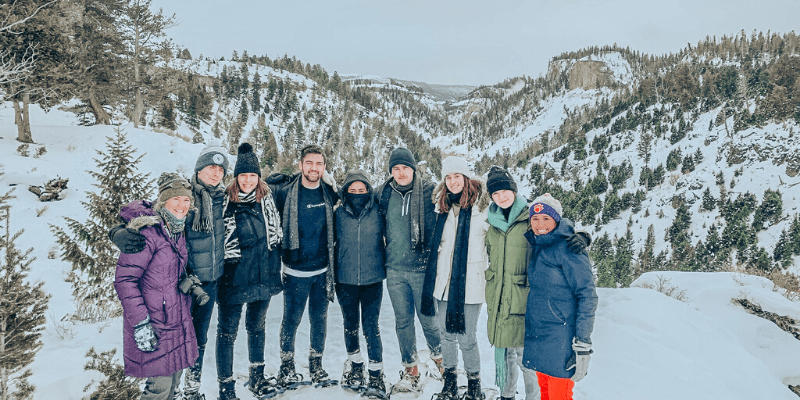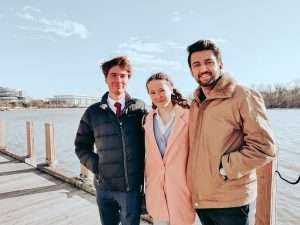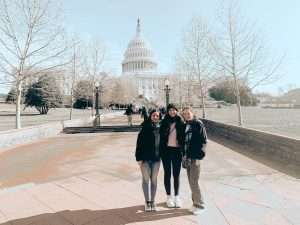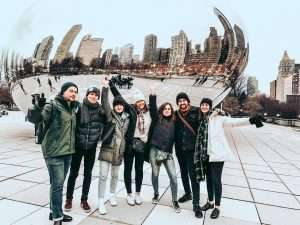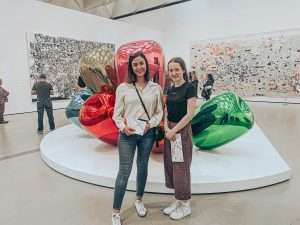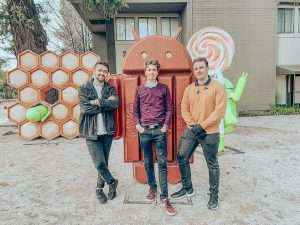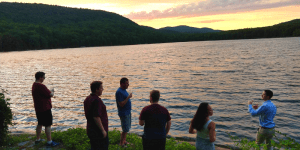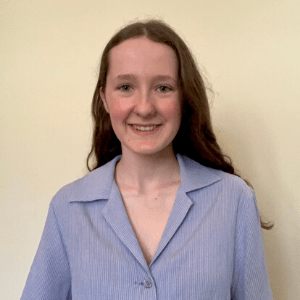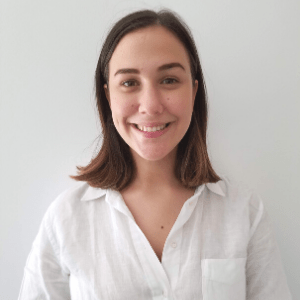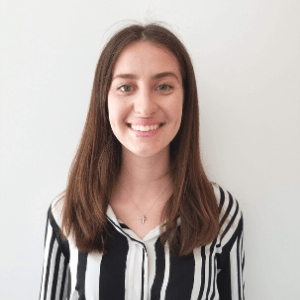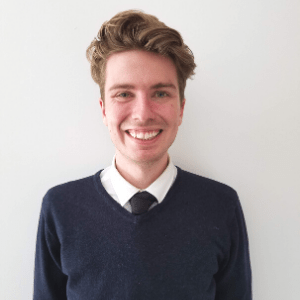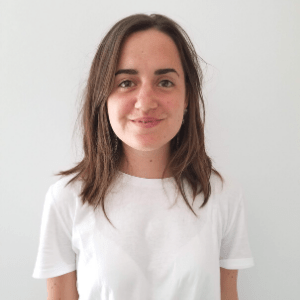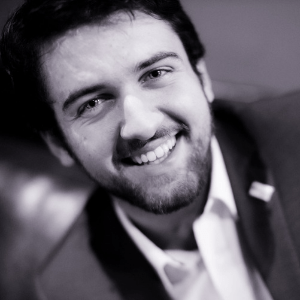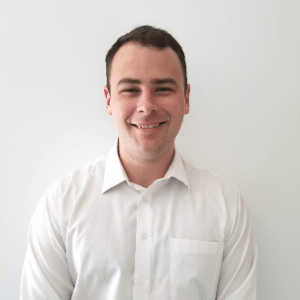The USA study tour was off to a wild start in Bozeman, Montana. As we touched down into Bozeman airport, the city scapes of our stopovers in New York and Los Angeles were replaced with an incredible alpine horizon. The air was fresh, almost every building was designed with stone and wooden architecture and the Uber driver greeted us with ‘howdy’. The closest restaurant to our hotel was ‘Outback Steakhouse’, an American food chain that claims to serve Australian food. While no one was complaining after a long day of traveling, Ben summed it up perfectly when he asked for “tomato sauce”, rather than ranch sauce with his chips.
We woke up bright and early as we adjusted to the crisp morning weather and indulged in home-made pancakes. Holly Fretwell and Jack Smith from the Property and Environment Research Center (PERC) picked us up and we embarked on a full day of presentations and discussion about property rights and free market environmentalism at the PERC headquarters. The presentations were the optimum mix of theory and practice; we learnt about defining property rights, the role of government and free market conservation methods that could be applied to Yellowstone National Park all the way to African game parks. The main theme for these presentations was ‘environpreneurship’; a term which Holly described as, “when people turn environmental problems into an opportunity”.
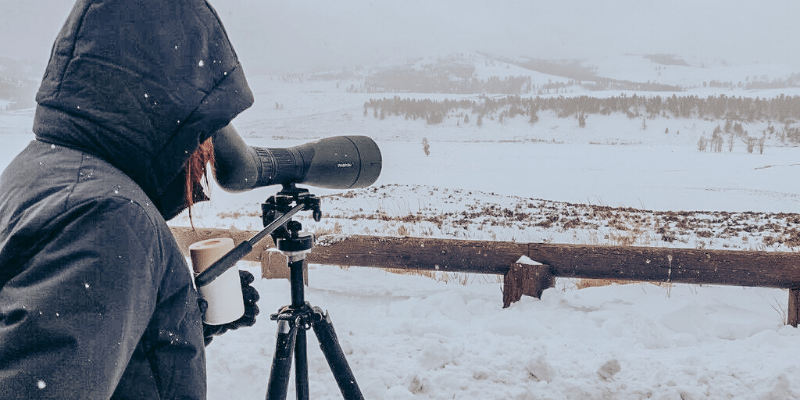
The concept of using free market economics and private entrepreneurship was an exciting and new topic for all of us. We eagerly began asking about Australian examples and brainstorming how we could bring back this knowledge on free market environmentalism back to Australia. There were questions ranging from organic farming, live exports, nuclear energy, the Australian bushfires and conserving the Great Barrier Reef. Through PERC sharing local research and issues faced by Yellowstone National Park such as the Monarch Butterfly and the Grey Wolf, we were able to apply the same principles to these problems faced back home.
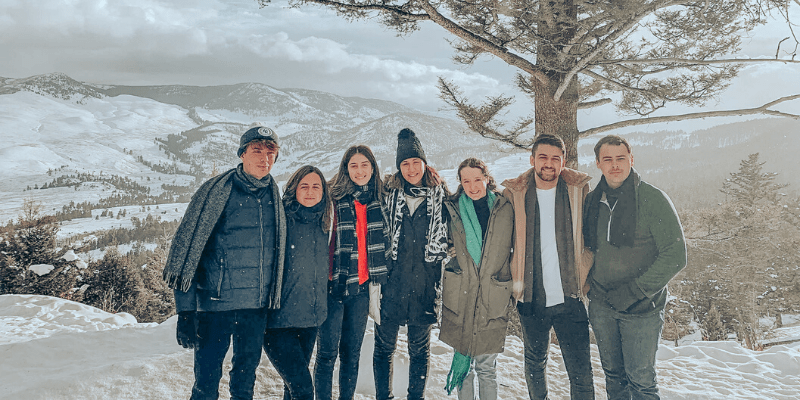
One of the most interesting talks for the day was from Catherine Semcer, Research Fellow at PERC, who talked about controlled trophy hunting in African game parks to help animal conservation.
“At first, I thought that it was oxymoronic and that it couldn’t be true”, said Kade as he echoed the thoughts of the entire group.
However, as Catherine went through numerous examples such as the privately-owned conservation Sango Game Park, our thoughts began to change. This park could not be funded through tourism due to the distance and terrain. Instead, the conservation was funded through sustainable trophy hunting, where the game park would auction this experience to an international market and the money raised by these hunts would go towards the conservation of African animals. Since the early 2000s to 2019 the elephant population doubled in this region.
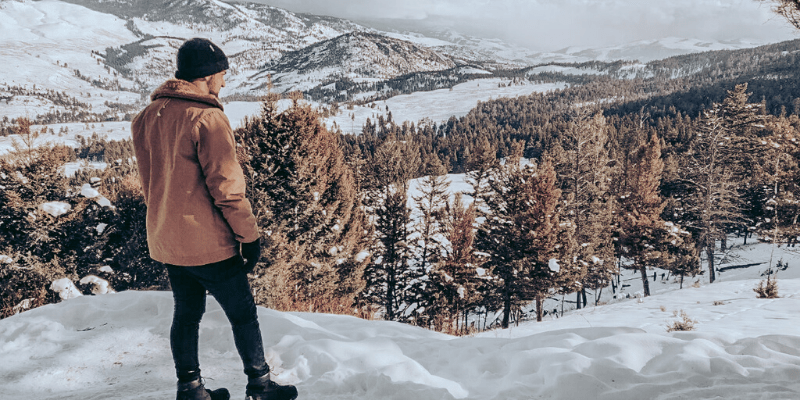
The next few days were well anticipated as we took an hour and a half journey to Yellowstone National Park to put all our learning into practise. Nolan, our wolf tracker and guide for the trip shared his passion for the native wildlife of Yellowstone where we saw Bison, Elk, a Bald Eagle and Coyotes. While we were all impressed with the wildlife, some of us were merely happy with seeing snow, as it was the first time for a lot of us. We ventured deeper into the park, hiking up through the mountains.
The cold was bitter; “I have never been this cold in my life”, Siena said chattering her teeth. However, the hike was full of laughs as we lost our coordination in our gaiters and literally tumbled down the steep mountain edge one by one. This leg of the trip was full of new experiences for us all; we tried the local bison steak where Damon claimed it was “better than beef”, our toes had never been so numb, and we saw some incredible wildlife and landscapes. Francine described it as, “a trip I will never forget”, and I think we could all agree.

